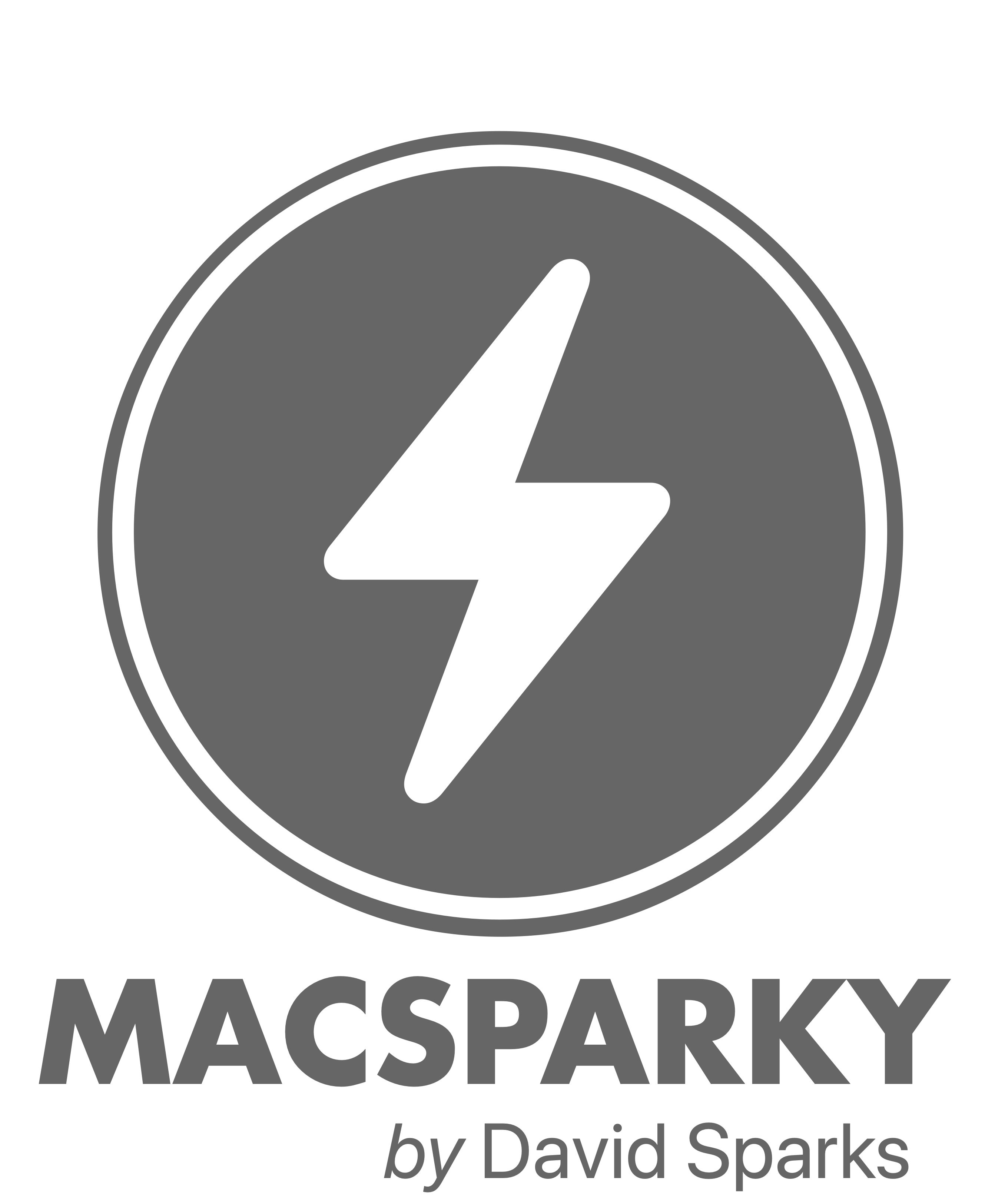As I have lamented too many times on Mac Power Users, I seem to be able to find email apps that I can live with, but not fall in love with. So many third-party apps are unreliable, and Apple Mail just refuses to evolve. Nevertheless, for some time now, I have been managing email with Apple Mail, but only after I add features to it with SaneBox (a sometimes sponsor of this blog) and, on the Mac, SmallCubed’s MailSuite.
Even after bolting on these tools, I still find myself primarily managing email on my Mac and treating the iPhone and the iPad as email triage machines on the rare occasion that I even look at email on those devices. For about a year now, I have been using colored flags for email in that triage role. Whether an email is customer support or a general feedback issue, it gets a specific colored flag. The same goes for legal and personal email. The problem I keep running into, however, is that Apple Mail cannot keep track of the flags. Sometimes a flag applied on the iPhone shows up on the Mac; sometimes it does not. Moreover, once I clear the flags that do make it over to the Mac, those flags may get cleared over on the iPhone. Then again, they may not. I would go through a whole process of checking the flags I cleared on the Mac to see if they made it over to the iPhone and iPad, and vice versa. I finally realized the madness of it all a few weeks ago when my flag counts were Mac (17), iPhone (34), and iPad (12). Enough!
So I have created IMAP folders with categories such as “Customer Support” and “Process” that hold email between my devices. The folders never get out of sync, and while it is slightly more work to move the messages into folders compared to flagging them, it is worth it to have a system I can rely on. A few additional points on this workflow:
-
This is not a beta problem. While I am running some devices on the new betas, flags have not been syncing for me for a year now.
-
I struggled with the name of the folder to hold email for later processing. The Hey.com service uses the term “Focus & Reply”, which sums it up nicely, but I prefer one word. I ended up with “Process”, because that is what I try to do with that folder every day.






